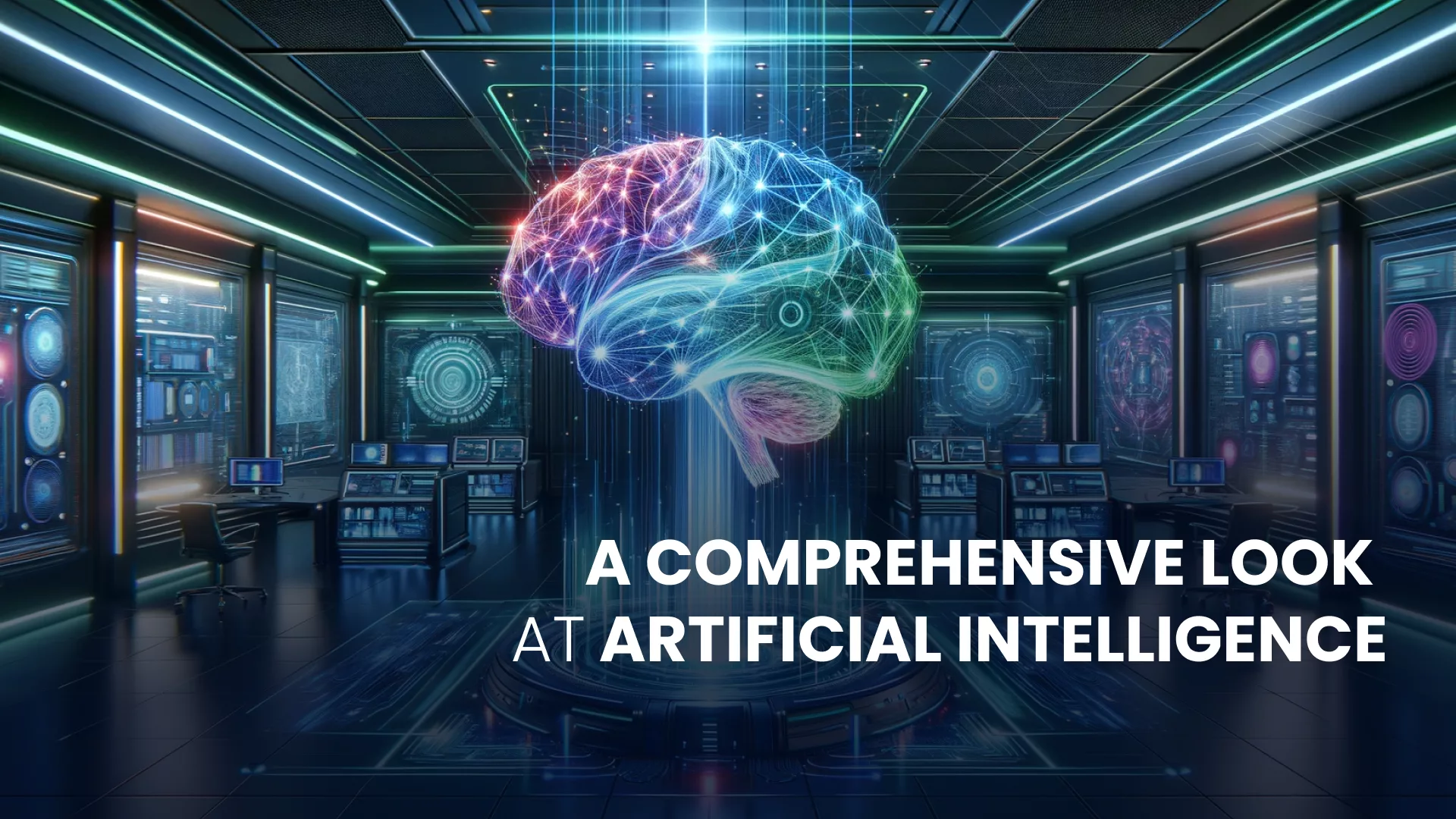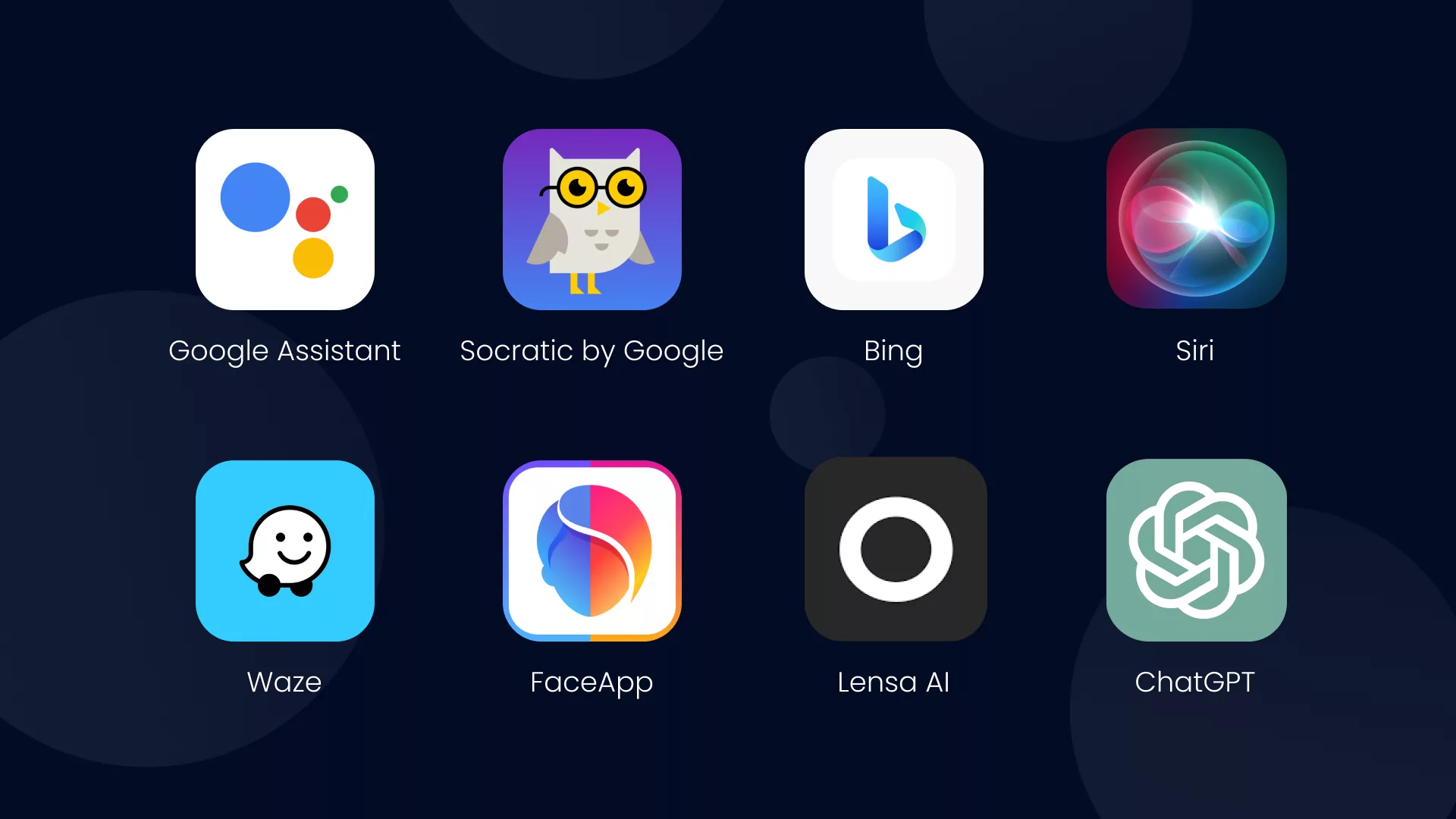
AI is no longer science fiction. It’s a rapidly evolving reality that’s transforming our world at an unprecedented pace. From its humble beginnings as a theoretical concept, AI has become an indispensable tool across diverse industries, fundamentally changing how we live, work, and interact with the world around us.
Content:
- AI concepts and functionality
- Typization of AI: Weak and Strong AI
- AI applications
- Ethical issues of using AI
- The road ahead: Responsible development for a sustainable future
AI concepts and functionality
At its core, AI mimics human cognitive processes through machines. This vast field encompasses various subfields, each crucial in achieving intelligent machines.
- Machine Learning. Algorithms learn and improve from experience without explicit programming, enabling them to identify patterns and make data-driven predictions.
- Deep Learning. Inspired by the structure and function of the human brain, DL utilizes artificial neural networks to process complex data, like images and speech, with remarkable accuracy. A prominent example is DeepMind’s AlphaFold, which can predict protein structures in a fraction of the time it takes traditional methods, potentially revolutionizing drug discovery.
- Natural Language Processing. This branch allows machines to understand and process human language, enabling applications like chatbots, virtual assistants, and machine translation. For instance, LaMDA, a factual language model from Google AI, can engage in open-ended, informative conversations, pushing the boundaries of human-computer interaction.
AI’s ability to process massive amounts of data and identify patterns enables it to perform complex tasks and make intelligent decisions. This functionality is facilitated by sophisticated algorithms that continuously learn and improve based on the data they are fed.
Typization of AI: Weak and Strong AI
Narrow AI (Weak AI). Narrow AI is designed to perform specific tasks with a high level of proficiency and is the predominant form of AI in use today. These systems are programmed to carry out a particular function and do not possess consciousness or self-awareness. Examples of Narrow AI include:
- Self-driving cars. They utilize AI algorithms to navigate and avoid obstacles.
- Spam filters. They identify and filter out spam emails from users’ inboxes.
- Recommendation systems. They tailor suggestions to users on platforms like Netflix, Amazon, and Spotify based on their previous interactions and preferences.
Narrow AI systems are highly efficient at the tasks they are designed for but lack the ability to perform beyond their pre-programmed capabilities.
General AI (Strong AI). General AI refers to a theoretical form of AI that would have the ability to understand, learn, and apply its intelligence to any intellectual task that a human being can. It would possess self-awareness, consciousness, and the ability to use reasoning, solve puzzles, make judgments, plan, learn, and communicate in natural language.
As of now, General AI remains a hypothetical concept with no existing practical implementations. Researchers and technologists are making progress in AI, but the creation of an AI with human-level intelligence and consciousness is still a subject of theoretical research and debate.
The distinction between Narrow and General AI highlights the current capabilities and future aspirations within the field of artificial intelligence. While Narrow AI has seen widespread application and success, the quest towards achieving General AI continues to push the boundaries of technology, ethics, and philosophy.
AI applications

AI’s versatility and transformative potential are evident across various domains. Here are just several examples of how it is used today.
Everyday applications. AI is seamlessly integrated into our daily lives, from virtual assistants like Siri and Alexa to personalized recommendations on Netflix and Spotify.
Business and industry. AI streamlines operations by automating repetitive tasks, optimizing logistics, and providing valuable insights through data analysis. For example, companies like Amazon and Walmart leverage AI to automate inventory management and warehouse operations, leading to significant cost reductions and increased efficiency.
Healthcare. AI is revolutionizing the healthcare sector by assisting with medical diagnosis, drug discovery, and personalized medicine. IBM’s Watson, for instance, analyzes medical data to identify potential treatment options and improve patient outcomes.
Finance. AI plays a crucial role in fraud detection, risk assessment, and algorithmic trading, leading to more secure and efficient financial systems.
Transportation. AI is at the forefront of developing autonomous vehicles, with companies like Tesla and Waymo investing heavily in this technology. Additionally, AI optimizes logistics and transportation networks, improving efficiency and reducing costs.
Creative fields. AI generates art, music, and poetry. For instance, Google AI’s Magenta project explores the potential of AI in artistic creation, producing pieces that range from musical compositions to paintings.
Ethical issues of using AI
As AI becomes increasingly integrated into society, critical ethical considerations come to the forefront.
1/ Job displacement. Automation through AI raises the question of job displacement, particularly in sectors with repetitive tasks.
2/ Privacy. AI’s reliance on vast amounts of data raises concerns about individual privacy and potential misuse of personal information.
3/ Bias. AI algorithms can perpetuate or even exacerbate societal biases if trained on biased data.
The road ahead: Responsible development for a sustainable future
As we embark on this journey with AI, responsible development and ethical considerations must remain at the forefront. By fostering transparency, addressing biases, and prioritizing human well-being, we can ensure that AI serves as a force for good, shaping a brighter future for generations to come.


